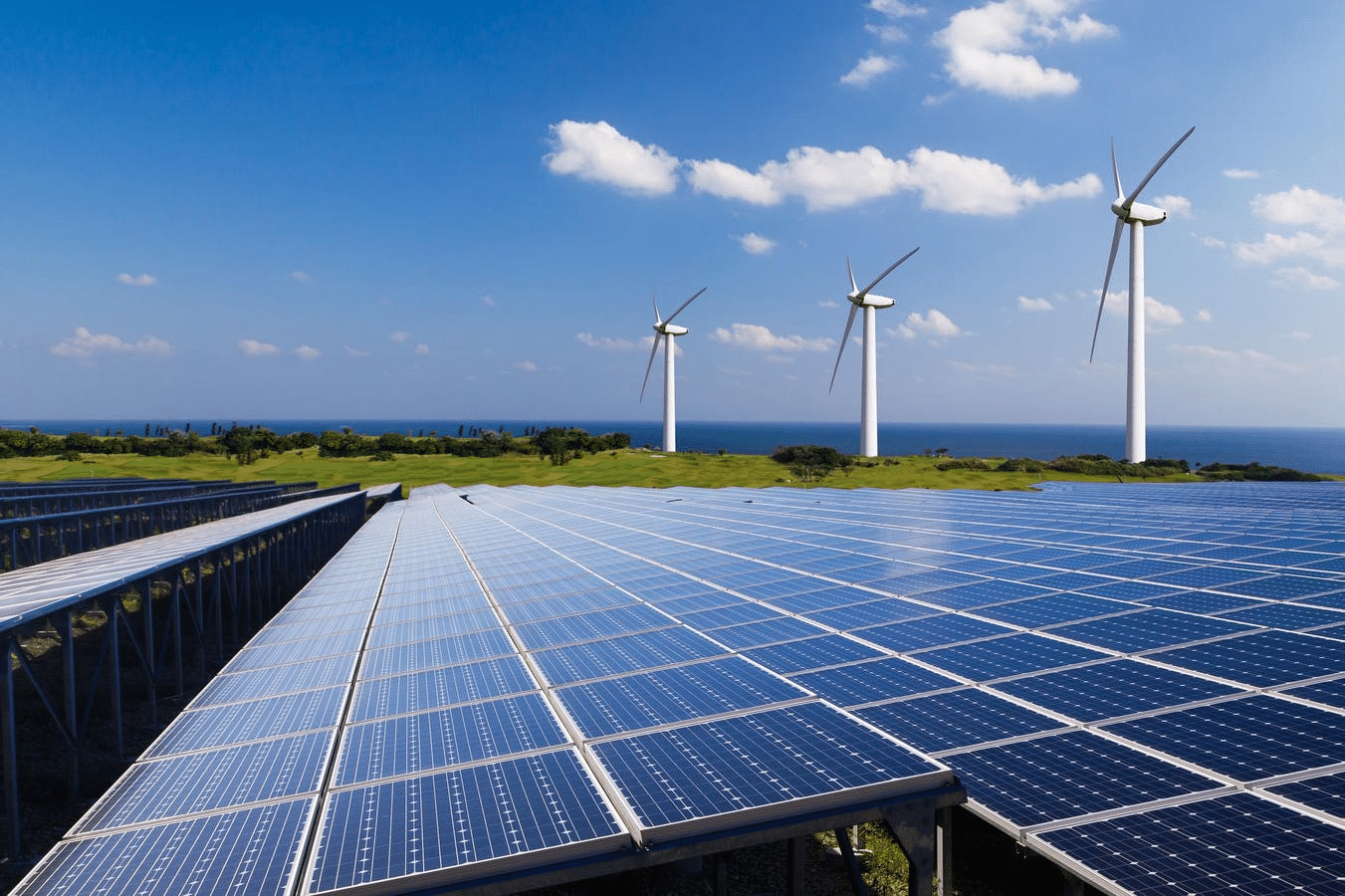When you’re the head of your family, you have to prioritize your loved ones’ best interests. And that effort starts with planning for your family’s financial future.
Yes, budgeting and saving are key components of that plan, but it’s equally essential to think about sustainability. In other words, you want to build a long-lasting, stable financial plan that accounts for bumps along the way.
This guide will walk you through seven essential tips for building your family’s financial future with a sustainable approach.
1. Be Realistic About Financial Goals
Start your financial planning with clear, achievable goals. Maybe you’re saving for your child’s education or hoping to start a retirement investment account. Or perhaps you need an emergency fund or plan to finance a new car.
Whatever the case may be, it’s important to outline what you want to achieve and by when. Concrete benchmarks will make it easier to see progress or reroute your plans.
When in doubt, start small. Create specific, measurable goals, like saving $5,000 for an emergency fund or $1,000 for an upcoming vacation within one year. Plus, taking this approach is more motivating than just saying, “I want to save money.”
2. Prioritize a Realistic Spending and Saving Plan
Be realistic about what’s possible to spend and save each month. You want to live within your means but also cut unnecessary expenses and avoid debt traps. And, of course, you don’t want to sacrifice your family’s quality of life.
Try adopting the 50/30/20 budgeting rule. To do this, allocate 50% of your income to needs (housing, groceries, etc.) and 30% to wants (entertainment, dining out). Then put the remaining 20% toward savings or paying off debt. you can also check out these clever ways to save money to make your savings go even further.
Understand Your Income at a Glance
As you get more intentional about budgeting, it’s helpful to understand the details on your paystub. For instance, knowing what YTD means on a paystub—which stands for “Year-to-Date”—can give you a clearer picture of your total earnings and deductions so far in the year. This snapshot helps track progress toward financial goals and can be a valuable tool when reviewing your spending or preparing for tax season.
3. Pursue Greener Financial Habits
Financial planning can reflect your personal values. And that may translate to embracing greener, more eco-friendly choices in your investments. Consider supporting financial institutions or investment opportunities that prioritize renewable energy or sustainable practices.
Also, look for ways to cut waste in everyday finances. You could switch to paperless statements and bills, for instance, or automate payments to avoid missed deadlines and reduce paper waste..
4. Diversify Your Assets
You don’t want to put all your eggs in one basket when it comes to financial planning. It’s a good idea to diversify your investments with tangible assets, like precious metals. You’ll gain a level of stability that isn’t always present in the stock market or real estate.
Gold and silver have held value for centuries, providing a hedge against inflation and economic uncertainty. And one premium option to consider is investing in silver, like authentic American Silver Eagle Coins. These coins are widely recognized, highly liquid, and provide a sense of security that can endure over generations.
5. Invest in Education
Don’t overlook education when you’re strategizing investments for your family’s financial future. Education can open the doors to better-paying jobs and community involvement. Whether it’s contributing to a 529 plan for your kids’ college fund or enrolling in a certificate course, setting the financial foundation for ongoing learning has a lasting impact.
When possible, take advantage of employer programs that offer tuition assistance or scholarships, too. And teach your kids basic financial literacy early on so they know how to avoid steps and manage money responsibly.
6. Consider Renewable Energy Investments

Are you looking for a way to be more sustainable as you save money? Investing in solar, wind, or other green technologies can check that box. Renewable energy sources contribute to a greener economy, whether as investments or additions to your home.
Consider installing solar panels on your home. While the initial costs may be high, these systems often pay for themselves over time and produce savings on utility bills.
7. Establish a Legacy with Sustainable Philanthropy
Financial planning isn’t just about amassing wealth; it’s also about what you leave behind for future generations. Set the tone for your family’s financial future and social legacy through philanthropy. You can do this by donating to causes that align with your values or setting up recurring donations to your favorite causes.
Secure Your Family’s Financial Future
Building a reliable financial future for your family requires thoughtful planning and a commitment to diligent spending habits. Set clear goals, diversify your assets, and save for educational needs.
With these efforts, you can see measurable progress and know that future generations will benefit from your work. Remember, even the smallest steps today will help create a better tomorrow for your family.


















